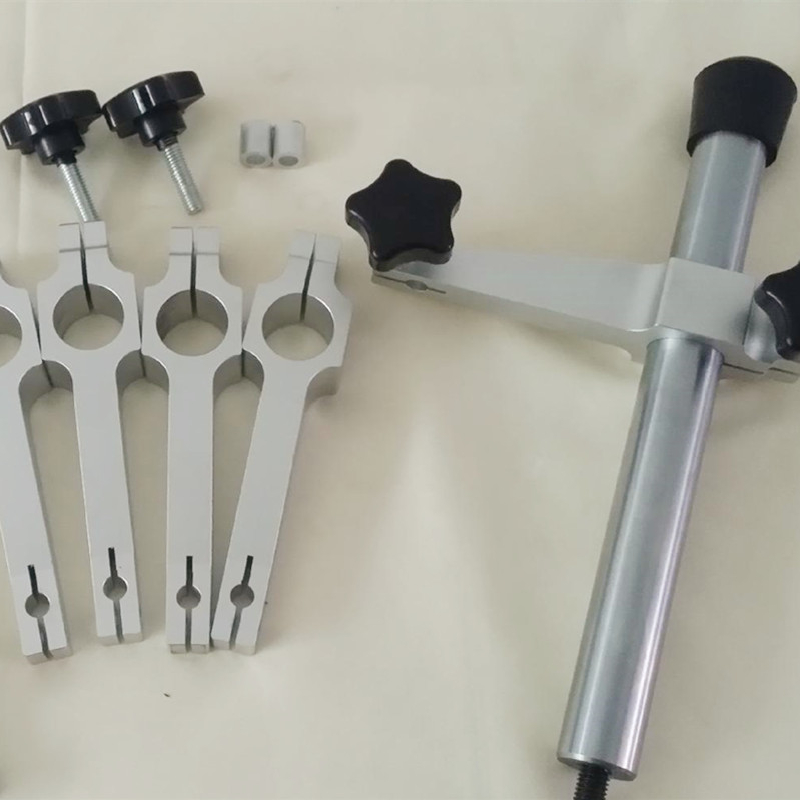set. . 24, 2024 04:55 Back to list
Granite Angle Plates for Precision Machining and Inspection Applications
Understanding Granite Angle Plates Precision in Machining and Quality Control
Granite angle plates are indispensable tools in the field of machining and quality control. These simple yet highly effective devices are made from natural granite stone, known for its stability, rigidity, and precision. Often used in conjunction with other measuring instruments, granite angle plates help ensure that workpieces are set up accurately and that various projects meet exacting standards.
One of the most significant advantages of granite angle plates is their dimensional stability. Unlike metal, granite does not expand or contract significantly with temperature fluctuations, making it ideal for precision work. This stability ensures that measurements taken on a granite angle plate are reliable, allowing machinists and engineers to achieve optimal accuracy in their projects. Furthermore, granite's inherent hardness means it is resistant to wear, which prolongs the lifespan of the equipment and ensures consistency in its performance.
Granite angle plates come in various sizes and configurations, with the most common being rectangular slabs with precisely ground surfaces that provide flat reference points. They usually feature one or more vertical sides at right angles to the base. This design allows for the setup of workpieces in numerous orientations, facilitating operations such as grinding, machining, and inspection. Additionally, many granite angle plates are equipped with mounting holes or surface features that can be used to attach clamps and fixtures, providing versatility to the operator.
granite angle plate

In a typical manufacturing environment, granite angle plates are frequently employed alongside other tools such as dial indicators, calipers, and micrometers for measurement purposes. The accuracy of these instruments can be maximized when used in conjunction with a granite angle plate, as it provides a stable and level surface for alignment. This combination is crucial in tasks that require extreme precision, such as the production of intricate components in industries like aerospace, automotive, and electronics.
Another important aspect of granite angle plates is their ease of maintenance. Unlike metal surfaces that may require frequent recalibration or costly refurbishing, granite plates can be cleaned easily and maintained with minimal effort. A simple wipe-down with a soft cloth and a mild cleaning solution is usually sufficient to keep the surface free from debris and contaminants that could affect measurement accuracy.
It is also worth noting that granite angle plates are typically available in both standard sizes and custom configurations, allowing industries to select products that best fit their unique specifications. This adaptability is crucial for businesses seeking to optimize their workflow and productivity while ensuring that their quality control measures remain robust.
In summary, granite angle plates are essential tools in machining and quality control, providing a reliable and precise reference surface for a variety of applications. Their durability, stability, and ease of use make them ideal for industries where precision is paramount. As manufacturing processes continue to evolve, the role of granite angle plates will remain a cornerstone of quality assurance, helping to ensure that products meet the highest standards of accuracy and excellence.
-
Why Metric Trapezoidal Thread is Ideal for Precision Motion ControlNewsAug.05,2025
-
The Unique Properties of a Block of Granite for Industrial UseNewsAug.05,2025
-
The Role of Flanged Y Strainers in Preventing Pipeline ClogsNewsAug.05,2025
-
The Importance of Regular Calibration for Master Ring GagesNewsAug.05,2025
-
How a Cast Iron Surface Table Enhances Accuracy in ManufacturingNewsAug.05,2025
-
Comparing Different Check Valve Types for Optimal Flow ControlNewsAug.05,2025
Related PRODUCTS









